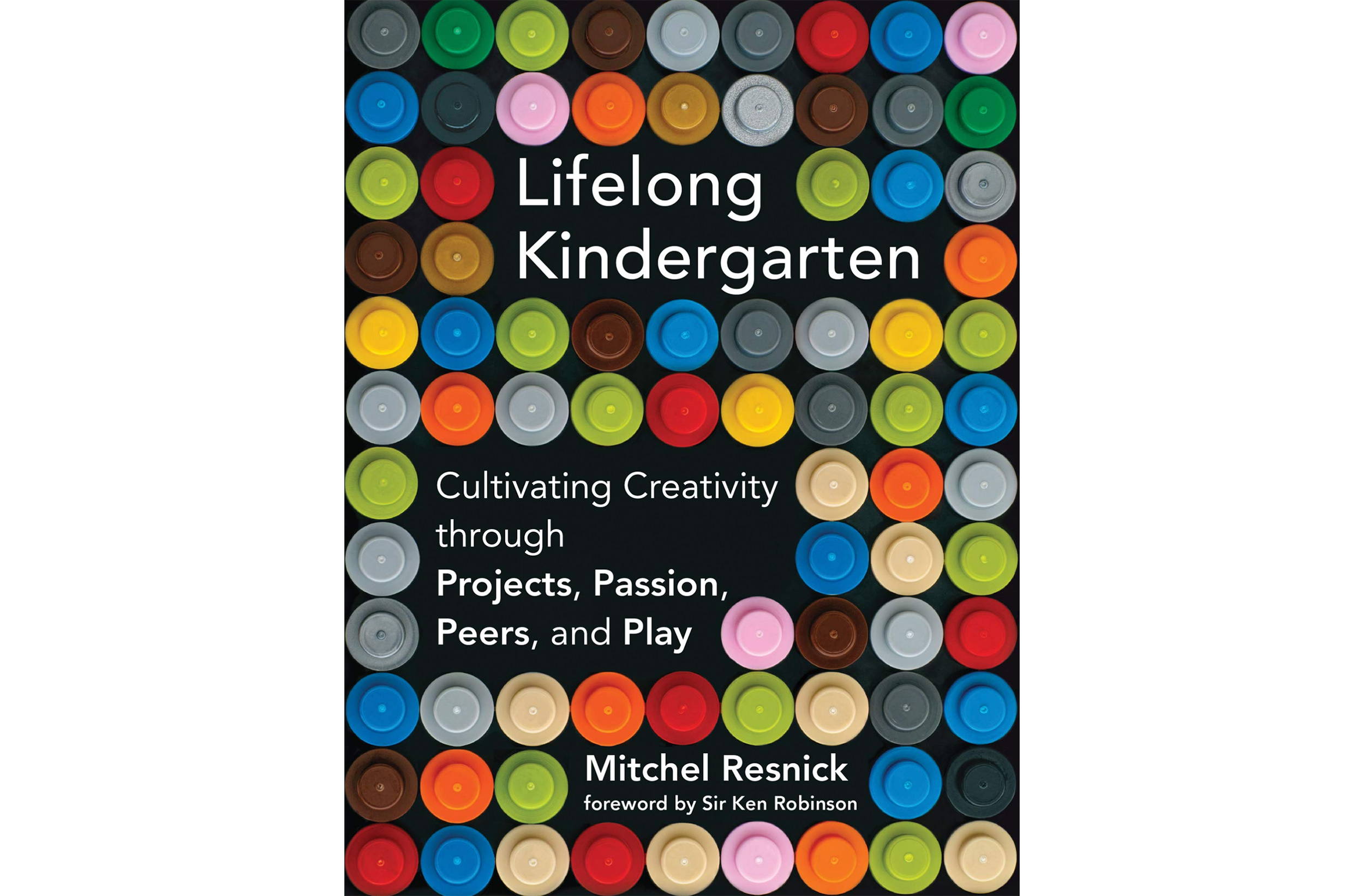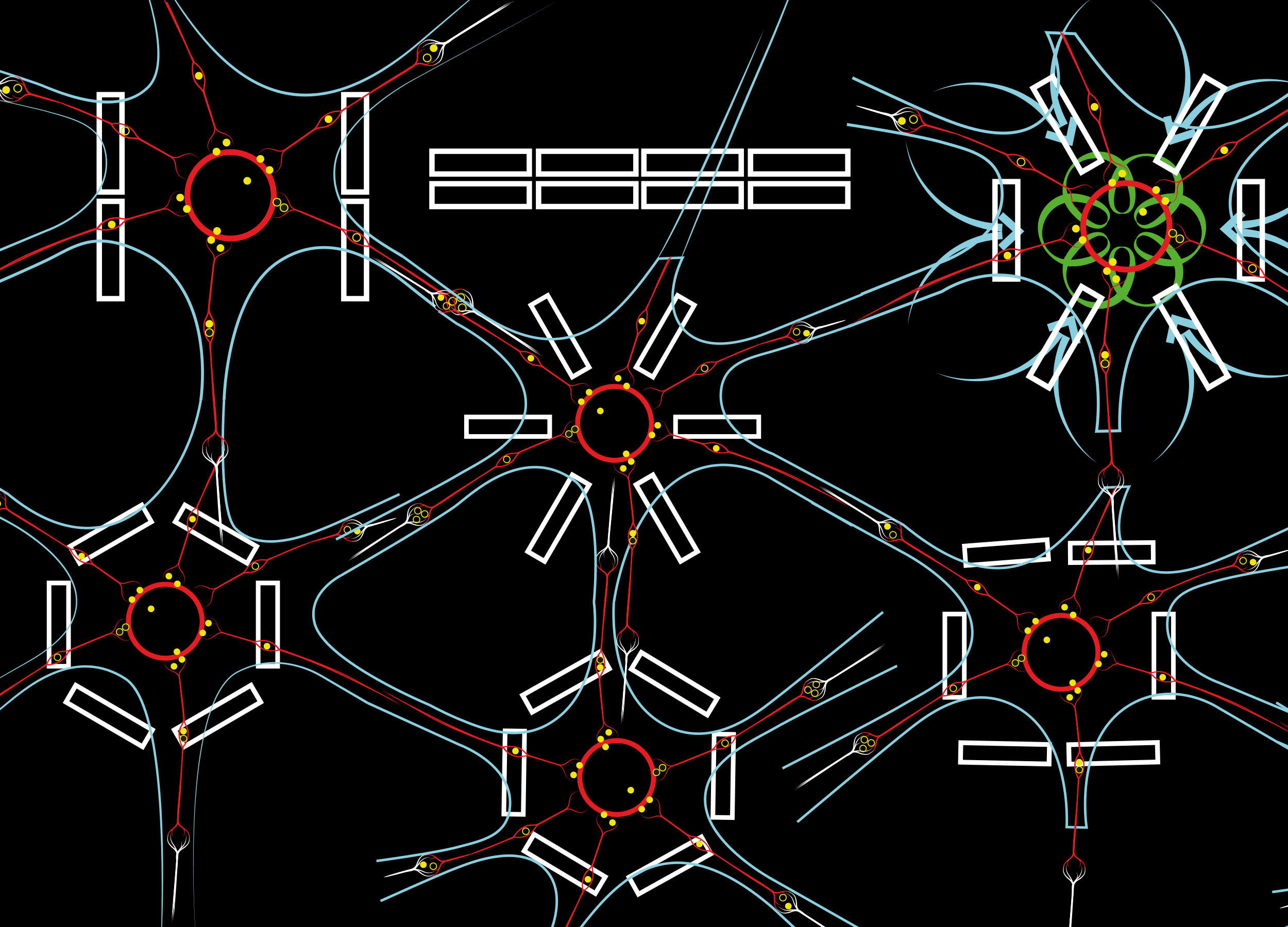New Space – New Work
The embodiment of the process
Today, creative collaboration is an essential entrepreneurial task. But how can it be reflected in the inner world of an organization? How do people, furniture, rooms and projects “collaborate”? One answer leads to the kindergarten.
Creativity and collaboration move companies into the future. Their tangible and visible presence inspires and accelerates processes. They create entrepreneurial advantages and human fulfillment.
Creativity and collaboration are similar in nature. They want to change, improve and expand. They rely on diversity, independence and personal responsibility, seek trust, reliability and a long-term approach and build on shared goals and values. And they are deeply human, because they are as powerful as they are vulnerable.

Enabling an organization to unleash creativity and collaboration is one of today’s key entrepreneurial design tasks. Rapid market changes demand agile, constantly changing forms of organization and working methods. If the agile way of thinking is translated into spatial design, the latter must also have a high degree of flexibility to change – ideally, the space becomes a constantly changing embodiment of the process.
The interior thus takes on the role of a personality integrated into processes. It accompanies, empowers and shapes – it takes on a role in creative collaboration.
Learning from learning theory
It is remarkable that this role has rarely been assigned in most companies to this day. Or only with extras. For the most part, working environments still have something definitive and, in the truest sense of the word, immovable about them. On the one hand, they show a need for companies to catch up. On the other hand, there is also a need for research, because the direct, reciprocal interaction of new working methods and working environments – in principle, making furniture part of a creative process – has hardly been reflected on scientifically.
This is actually surprising. After all, there are a large number of models, hypotheses and empirical studies, particularly in learning theory, that offer highly relevant starting points for exploring the world of interaction between people who are learning and interiors that enable them.
Neurobiological research is leading the way here: it shows us in fascinating pictures how learning processes are accelerated through social integration, sharing of information, individual co-design and supportive and challenging learning environments.
Mitchel Resnick from the MIT Media Lab gives us probably the most striking insight into the psychology of learning in “Lifelong Kindergarten”. His idea of fostering a world full of playfully creative people who are constantly inventing new possibilities for themselves and their community is fundamentally based on playful and creative learning in kindergarten.

The design of learning environments with play materials, digital and technological learning tools integrated into play, the enrichment of creative processes through active movement instead of passive sitting, which he investigated in his studies, are basically a template for the development of innovative working environments.
How can we translate what Resnick describes as “Cultivating Creativity through Projects, Passion, Peers and Play” into the design of creative workspaces, into a spatial design for creative collaboration?
Visualizing creative collaboration
Creative collaboration is the most powerful force in a company. There is no one way to anchor it in the corporate process. However, if a company decides to consistently bring projects to fruition through creative collaboration, making this way of working “visible” via the interior design is an opportunity with great symbolic power. It shapes the corporate identity towards an open, creative, almost playful employee culture, not only internally, but also increases the attractiveness for customers, partners and, last but not least, when recruiting employees.

Creative collaboration as a spatial pattern: spatial modules assume a networking role throughout the process in varying arrangements.
Making creative collaboration visible does not necessarily mean redesigning a company’s entire space from one day to the next. Nor does it mean creating elaborate campus landscapes that strengthen interaction between employees but neglect networking opportunities at project level. It is, however, an opportunity to gradually create settings that make it possible to practice new, agile behaviours in order to have an ever deeper impact on the organization.
A new typology of functional furniture
What characterizes these places? If we define them – following the ideals of creative, playful learning behavior – as places of imaginative adaptability, spatial mobility, simultaneous development, immediate and bold visualization, and individual and shared comprehensibility, innovative design patterns emerge for this place in accordance with highly flexible behaviour patterns.
Things are starting to move. Tables, surrounded by multifunctional walls, desks, standing desks, storage trolleys, multifunctional carts organize themselves (and their collaborative projects) through their connecting forms perhaps more than they are organized.
The result is a new typology of functional furniture that can be integrated into projects in adaptable constellations and take on a networking role. On the one hand, they are characterized by their reduced, almost robust simplicity. On the other hand, they are characterized by intelligent hardware systems for the integration of technology, which can be used to feed project management content and enable synchronization with simultaneous (global) project settings.

Experimenting with the model: playfully trying out different constellations in the room.
Spatial design for creative collaboration is not yet a clearly defined design approach. However, it is clear that the design of the working environment is facing a paradigm shift. The ever-increasing intensity of creative collaboration and the global physical and virtual convergence of people “at a playful work table”, perhaps even a “play table” in the future, will have a decisive impact on the success of companies.
The pressure to develop suitable systems is growing. Perhaps we should not just leave our children at the entrance to the kindergarten but simply spend a few hours watching them “work” together.